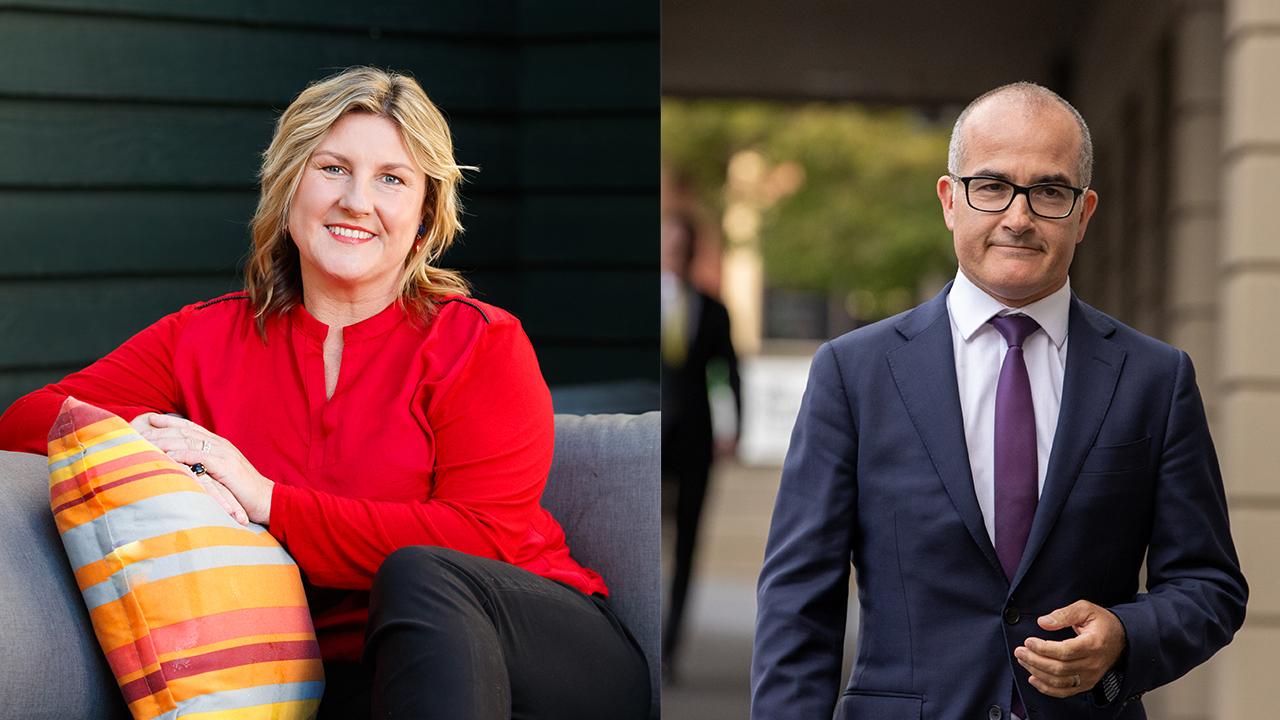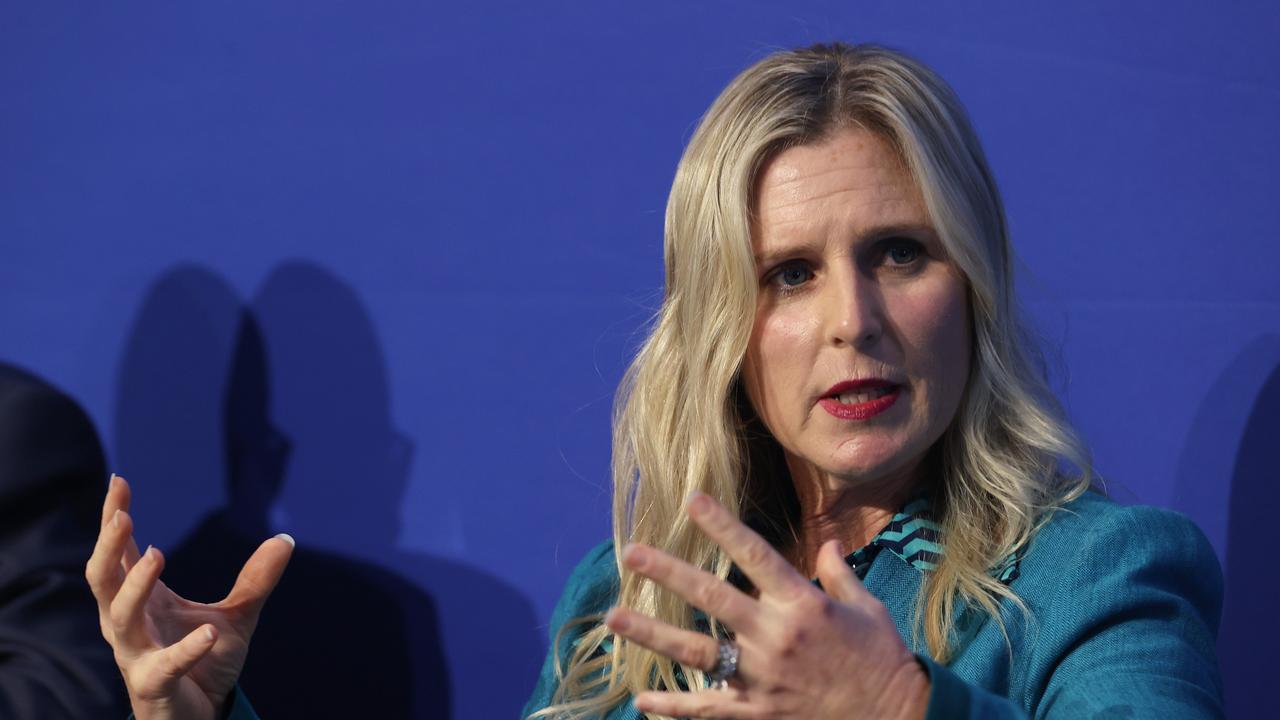Coronavirus: Challenger given time as it moves to de-risk investment portfolio
Challenger has sold hundreds of millions of dollars of high-yield corporate bonds and about $1bn in equities to de-risk its investment portfolio.

The prudential regulator has given the nation’s biggest annuities provider, Challenger, a two-year reprieve on replacing its hybrid capital notes after debt markets froze, risking a situation where the company would have to potentially downgrade investors into equity positions.
The move to buy itself time to launch a new capital raising to replace the unsecured debt notes came as Challenger, which sells longevity insurance products known as annuities to thousands of retirees, revealed it had sold hundreds of millions of dollars of high-yield corporate bonds and about $1bn of equities to de-risk its investment portfolio amid the coronavirus pandemic.
Challenger chief executive Richard Howes said the unprecedented shareholder update on Monday was “designed to reassure the market that we remain strongly capitalised”.
The company also said it had $400m from a fully-drawn banking facility which was being held in cash outside of the life insurance company. If things deteriorated, Challenger said it could inject $250m of this cash into the company to shore up its capital levels “and APRA has confirmed no objection to this”.
“Challenger Life has successfully adjusted its investment portfolio given the significant market sell-off in order to maintain capital strength well in excess of APRA’s requirements,” Mr Howes said.
“While conditions remain extremely volatile, we have the capability and flexibility to successfully navigate through this period,” he said
In another prong to the hurdles facing Challenger amid the market rout, the company was unable to launch a capital raising to replace its $345m hybrid notes, making the group the latest to enter difficulty in the market after National Australia Bank and Macquarie both pulled raisings earlier this month.
Challenger had planned a raising by the end of May to replace the notes and buy out investors at the face value — $100 — of the older debt instruments, which was the “optional exchange date” for the hybrid securities.
Instead, Challenger has gained a tick of approval from APRA to keep paying investors quarterly interest on the existing capital notes until May 2022, before which time the company is hopeful that markets will calm and it can launch a replacement raising.
If the company cannot buy investors out of the existing notes, the debt securities will convert to equity positions, meaning shareholders will not be repaid in the unlikely event of a company default.
“In this unprecedented situation, it was a step we took to balance the interests of all stakeholders,” Mr Howes told The Australian.
“Given the extreme volatility, the Tier 1 capital market is really not open for the addition of new instruments,” he said.
Companies regulated by the Australian Prudential Regulation Authority are slapped with a capital charge that varies according to how risky the assets in the portfolio are — the more risky an investment, the more capital the company is required to hold.
Challenger, which has long-dated commitments to pay retirees a guaranteed income until they die, invests in a range of assets to help fund those liabilities.
But as governments around the world shut down their economies to prevent further spread of COVID-19, there has been a rush of investors dumping sub-investment grade corporate debt, known as junk bonds, at the same time shareholders are selling down equities, out of fear of a wave of company defaults, made worse by the collapse in oil prices.
Changing the balance
On Monday, Challenger said it had shrunk its sub-investment grade fixed income book in recent weeks from 16 to 13 per cent of its investment portfolio, which was valued at more than $17bn before the market crash. At the same time, higher-rated corporate debt increased from 50 to 64 per cent.
The company dumped about $1bn worth of equities, reducing its exposure from 13 to 5 per cent of its portfolio, while infrastructure holdings were cut from 4 to 1 per cent of the entire book.
After the changes, investment grade assets now account for 83 per cent of the investment portfolio.
Challenger also had to slash the value of its investments following the market falls, reducing the book value of its fixed income, property, equities and infrastructure holdings.
Mr Howes said his time at the company during the 2008-09 global financial crisis had taught him it was important to make sure the portfolio was diverse and had sufficient liquidity.
“There are certain segments of the fixed income markets that have been very broken, and it was very hard to find any sort of bid of any size,” Mr Howes told The Australian.
But in making the changes, Challenger has been able to ease the squeeze on its operations by lowering the “capital intensity” of its investment portfolio from 13.3 per cent to 10.9 per cent — meaning it is required to hold a slimmer capital buffer against its portfolio, freeing up cash for it to spend elsewhere.
By selling riskier assets and cutting the value of its investment holdings, it also meant Challenger was able to keep its prescribed capital ratio at 1.55 times APRA’s minimum requirements, rather than hold more capital against a riskier book.
“Our business is well placed to manage through this volatility with capital strength, robust risk management and leading investment capability,” Mr Howes said.
“We continue to reposition the portfolio so we can be ready to benefit when conditions do ultimately begin to stabilise and relative value opportunities emerge,” he said.
“In the meantime, our customers are able to face this uncertain time with the confidence of knowing their annuity income is guaranteed, regardless of market performance.”
Hybrid notes, or capital notes, are part debt and part equity and reward investors with a higher rate than bank bonds or term deposits, due to the risk the financial instruments carry. Hybrid payments can be suspended in the event of a crisis and the value of the investment can be converted into shares or written off to zero.
In the hierarchy of capital, depositors are the first to get their money back in the event of a bank going insolvent. Senior creditors and bond holders are then paid, followed by subordinated note holders, hybrid capital holders and, lastly, shareholders.
Earlier this month, National Australia Bank pulled the trigger on cancelling a $2bn raising through a hybrid capital notes offer, after the listed hybrid market suffered its worst trading day on record. Macquarie also ditched a $500m raising.


